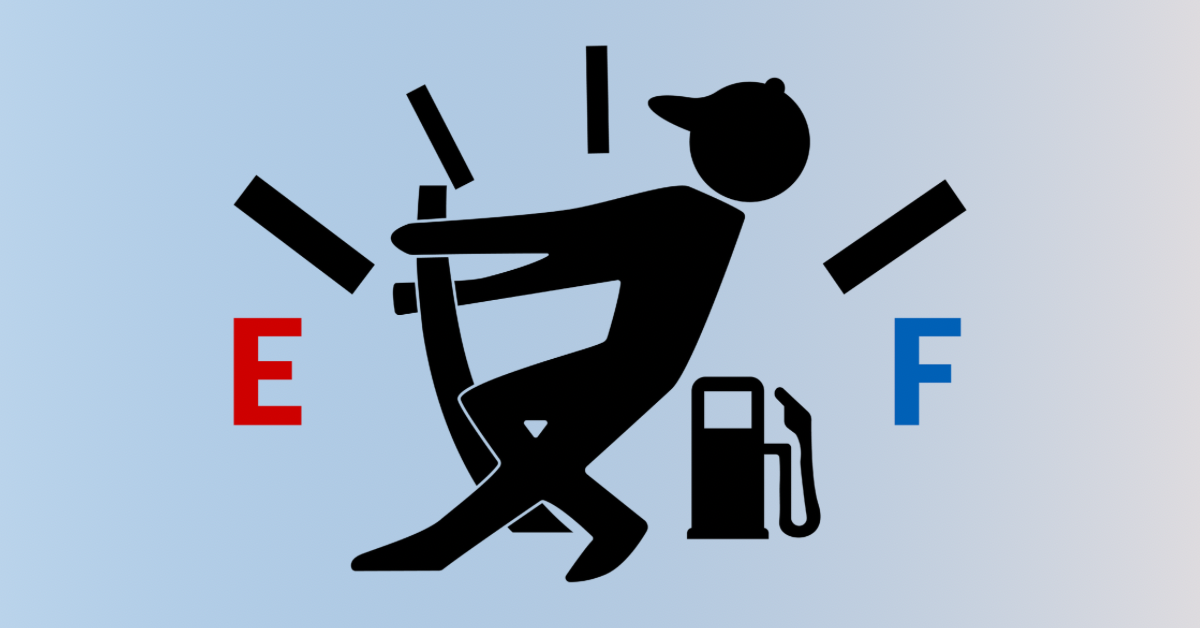Fuel is one of the largest operating expenses for asset-based carriers. While fuel prices fluctuate, how you manage consumption can make a lasting impact. Smarter planning, consistent habits, and the right tools lead to real savings.
At TrueTMS, we work with carriers across the general freight and petroleum hauling industries. We’ve seen firsthand how companies can reduce fuel spend by making small, strategic improvements. Here are five ways to boost efficiency without sacrificing safety or performance.
1. Limit Hard Braking and Rapid Acceleration
Fuel efficiency drops when a truck accelerates aggressively or brakes too hard. These habits also accelerate wear and tear on brakes, tires, and other vehicle components.
- Train drivers to anticipate traffic patterns and maintain steady speeds
- Reinforce smooth driving habits during regular check-ins and safety briefings
The result is lower fuel costs, fewer breakdowns, and longer equipment life.
2. Minimize Engine Idling
Every minute a truck idles, it burns fuel without moving freight. Over time, idling adds up to significant waste.
- Set clear guidelines around when to shut off the engine at stops, loading sites, and waiting areas
- Encourage drivers to reduce unnecessary idling as part of daily best practices
Less idling leads to lower fuel usage and reduced engine wear.
3. Maintain Reasonable Speeds
Driving at higher speeds increases aerodynamic drag and burns more fuel. Even a few miles per hour over the optimal range can lead to higher consumption.
- Encourage drivers to operate within fuel-efficient speed ranges
- Build delivery schedules that reduce pressure to speed or rush deliveries
Safe, steady speeds contribute to both fuel savings and better safety outcomes.
4. Prioritize Effective Load Planning
Fuel efficiency starts with effective dispatch planning. When loads are poorly matched or routes are inefficient, assets are underutilized and fuel is wasted.
- Use TrueTMS to plan loads that consolidate deliveries and minimize deadhead
- Match the right equipment to each job and optimize compartment utilization when hauling bulk
Better planning improves asset utilization, reduces total miles driven, and lowers fuel costs across your operation.
5. Stay on Top of Preventive Maintenance
Fleet health and fuel economy are closely connected. Small maintenance issues can lead to major inefficiencies if left unchecked.
- Require pre-trip inspections and encourage drivers to report issues promptly
- Use TrueTMS to schedule maintenance and track service records across the fleet
A well-maintained truck performs more efficiently, breaks down less often, and runs longer without major repair costs.
The Bottom Line
Fuel efficiency is not just about saving money. It reflects the health and discipline of your operation. By encouraging good driving habits, enforcing smart planning, and staying ahead on maintenance, carriers can reduce costs and improve performance at every level.
TrueTMS gives asset-based carriers the visibility and tools they need to operate more efficiently. From dispatch planning to maintenance tracking, we help you manage what matters most.



